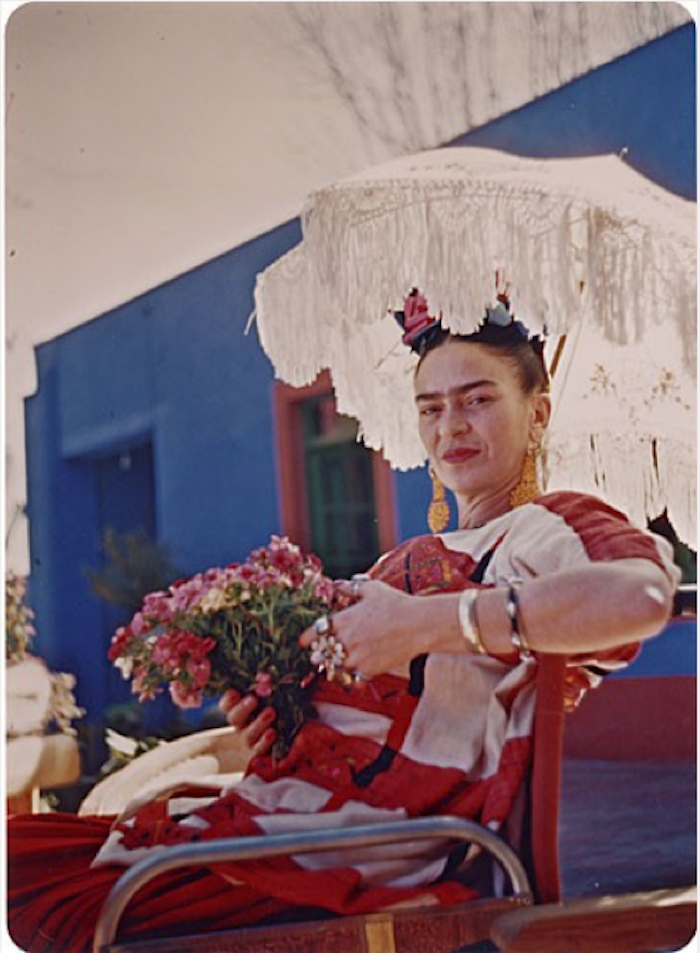
For the average person, stepping out with an elegant sun parasol in western society today would probably feel like stepping out in cosplay. You might as well be wearing a corset too. Sadly, not since our grandparent’s generation has carrying a parasol been commonplace, but akin to the disappearance of men’s hats from everyday fashion, parasols were once an essential accessory. On a sunny day, no self-respecting lady left home without one. So how and why did it fall so hard from grace?
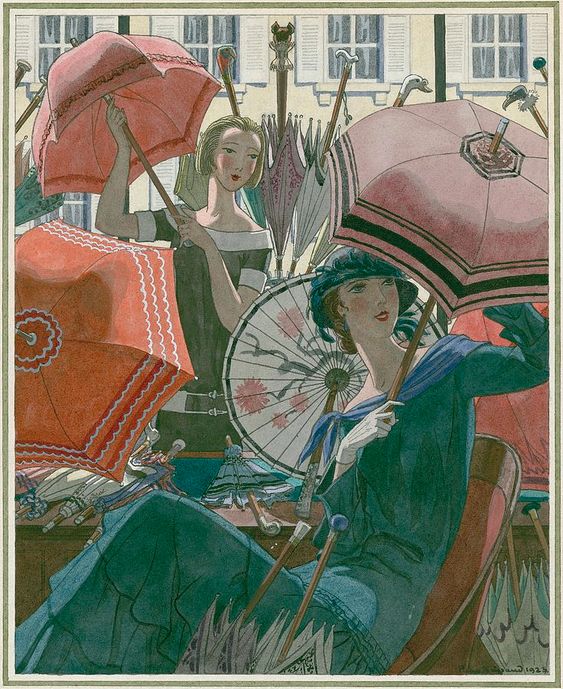
In defence of the sun parasol, it makes a pretty handy social distancing accessory. A 19th century umbrella maker René-Marie Cazal once noted that while the coquettish and delicate parasol “embellishes and develops a woman’s graces”, it also “shields her virginal candor from greedy looks” – or in Corona times, from someone trying to invade your space with infectious respiratory particles. It’s also cheaper than sunscreen and far less toxic for our oceans. Not to mention, on the fashion front, it wins the contest against sun hats at keeping us well and truly cool too….
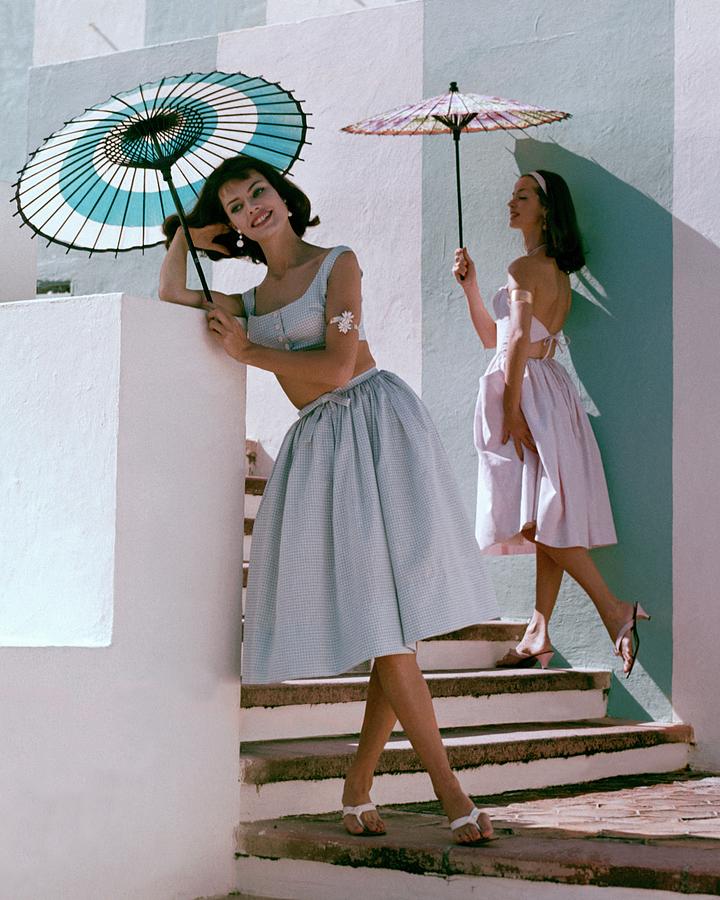
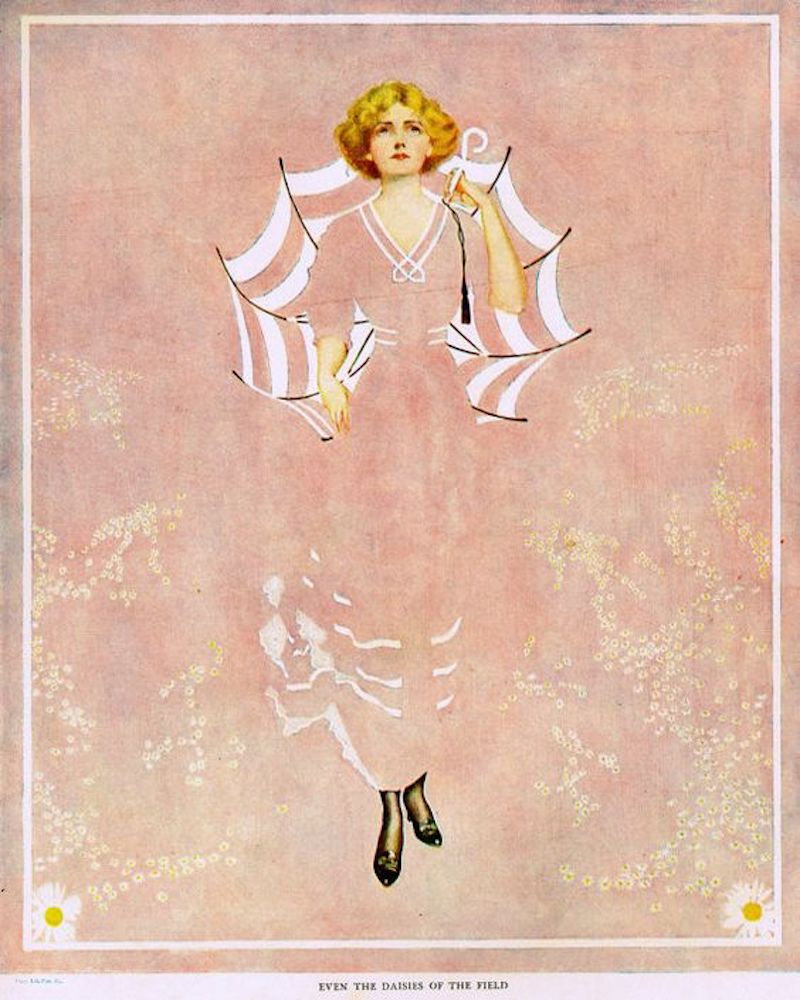
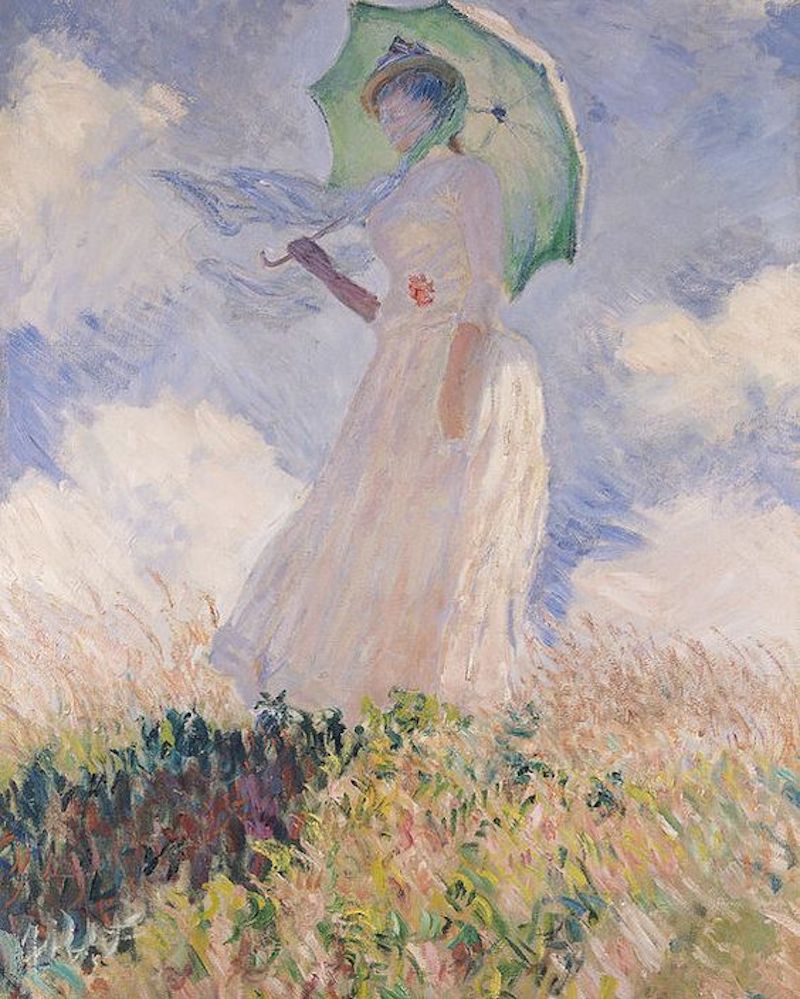
Parasols have been keeping us cool for a millennia. They were probably first used by the ancient Egyptians to offer their royalty shade from the sun more than 3,000 years ago around the same time the Chinese invented the basic umbrella.
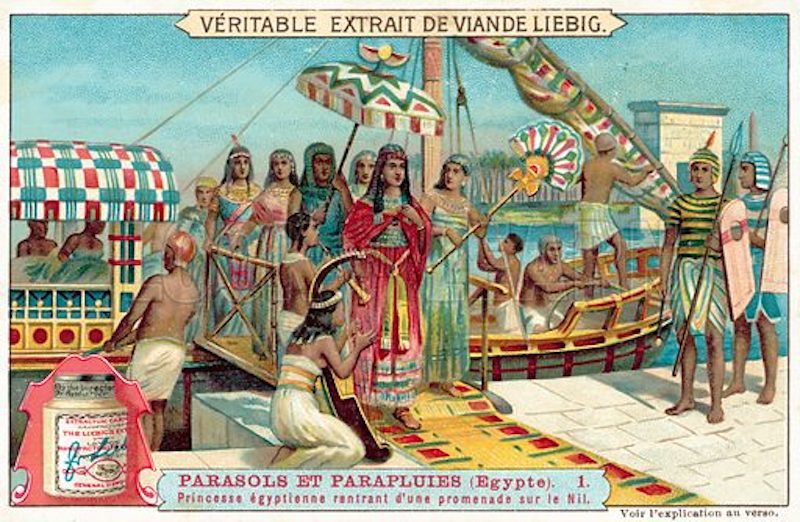
In these very early days of its use, the parasol represented strength, masculinity, power and privilege. Ironically, for much of its subsequent history, the parasol has been regarded as a uniquely feminine accessory, doubling as a seductive an flirtatious social tool similar to the hand fan. Perhaps the only place it has stayed true to its original use is among the Ashanti (Asante) people, in modern-day Ghana and parts of West Africa…
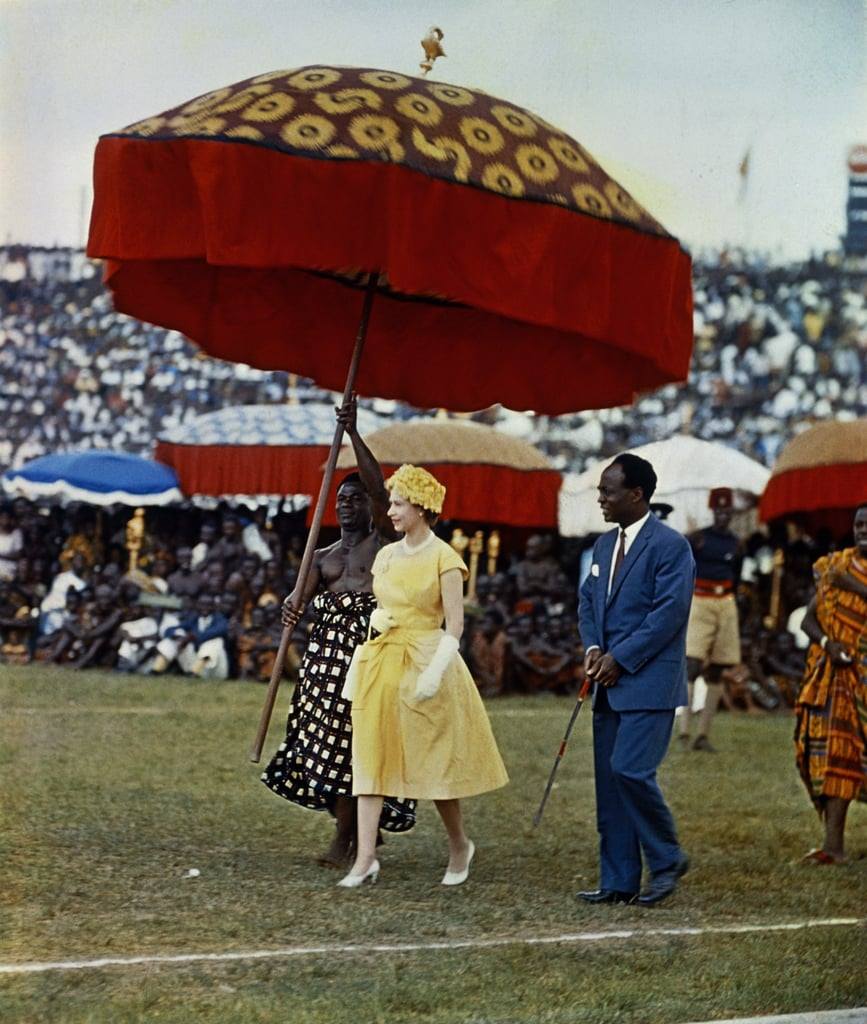
The Asante umbrella is an important political emblem, particularly for chiefs, most famously offered to Queen Elizabeth on her tour of Ghana in 1961. Various hierarchies of the chieftaincy have their own corresponding umbrella, splendidly decorated in various colours and silks…
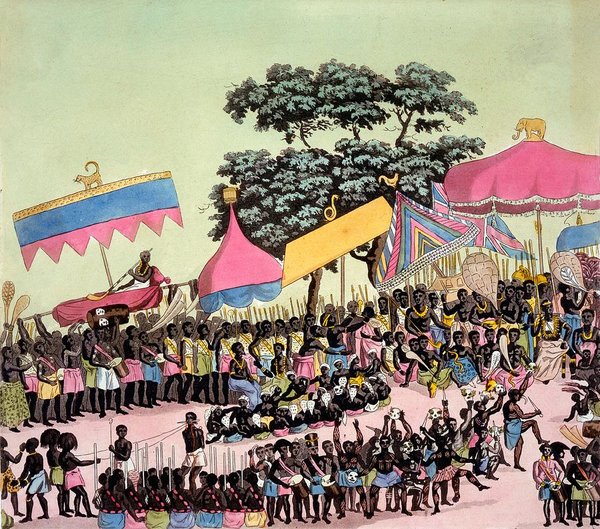
There are two types: the very large parasols (bɛnkyinyɛ) for ceremonies and big gatherings and the smaller parasols (krɔnpɔnkyinyɛ), typically used daily by Asante nobility around the palace for meetings or while presiding over court cases.
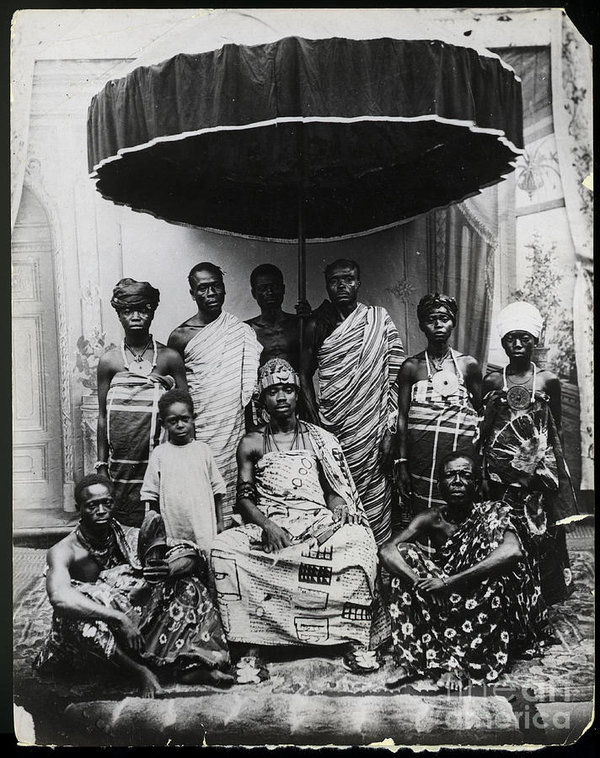
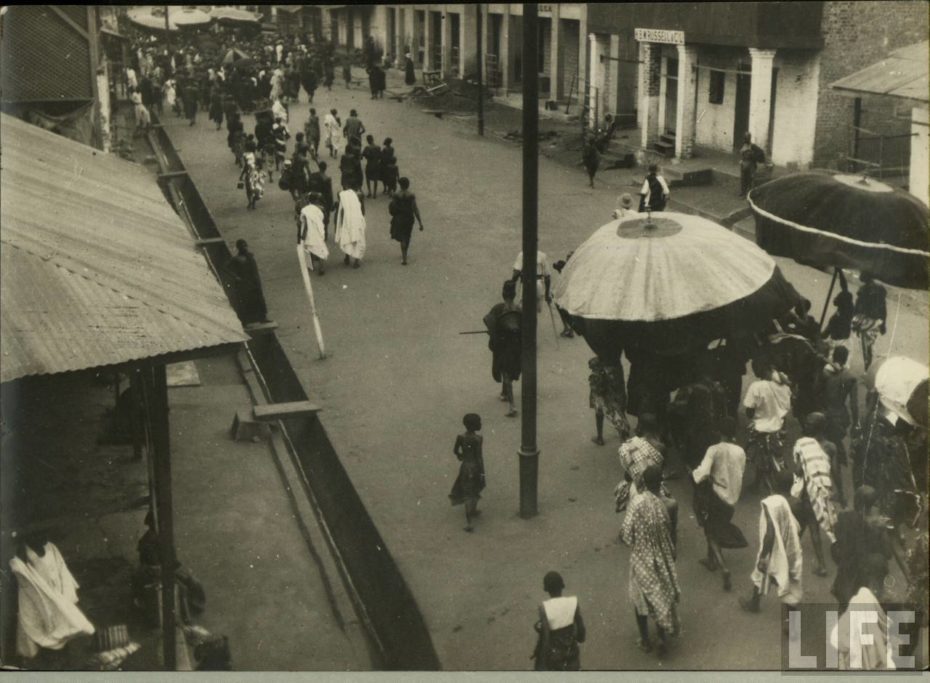
It was in ancient Greece and Rome where the parasol became used as integral fashion accessory to wealthy females. In the Dark Ages, they disappeared again from Europe, before reemerging when Asian trade routes reopened, bringing the parasol and umbrellas back to continental Europe where they became extremely popular in female circles of high stature and one of the principal parts of their fashion and culture.
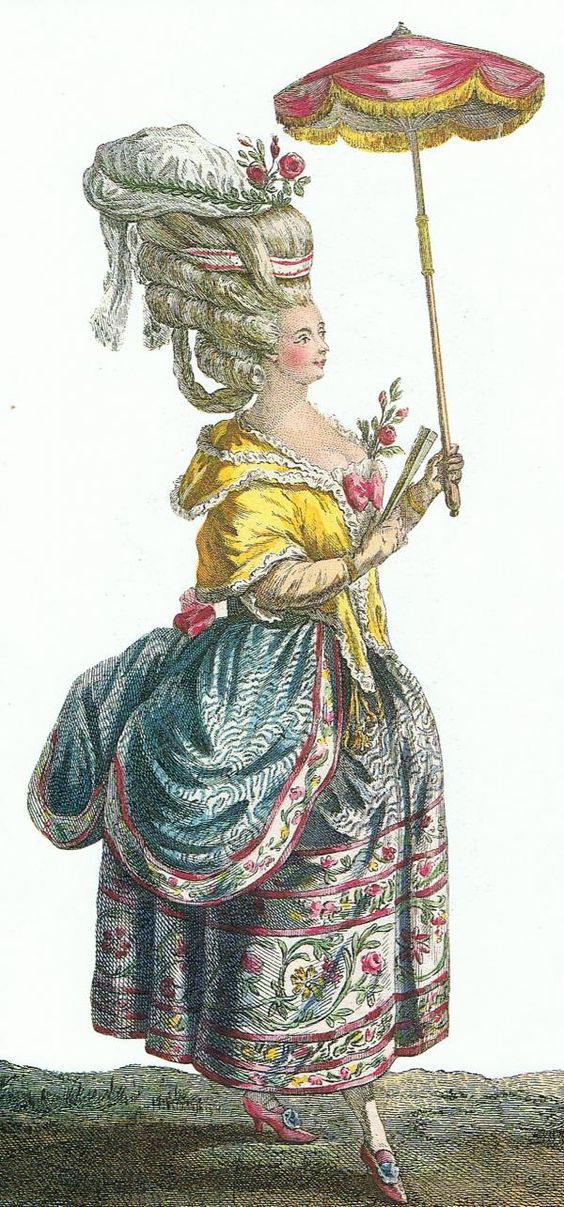
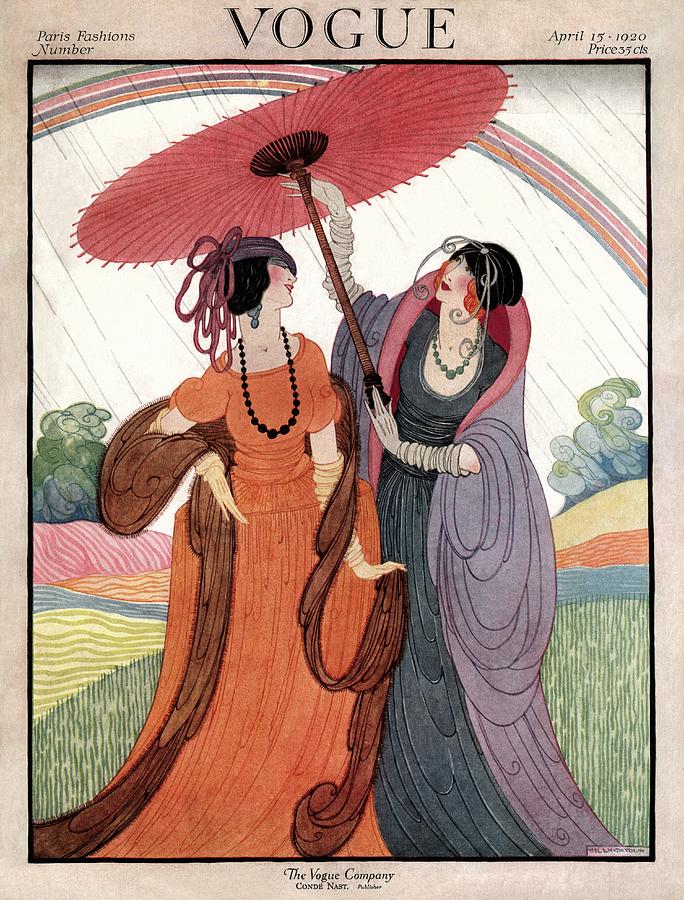
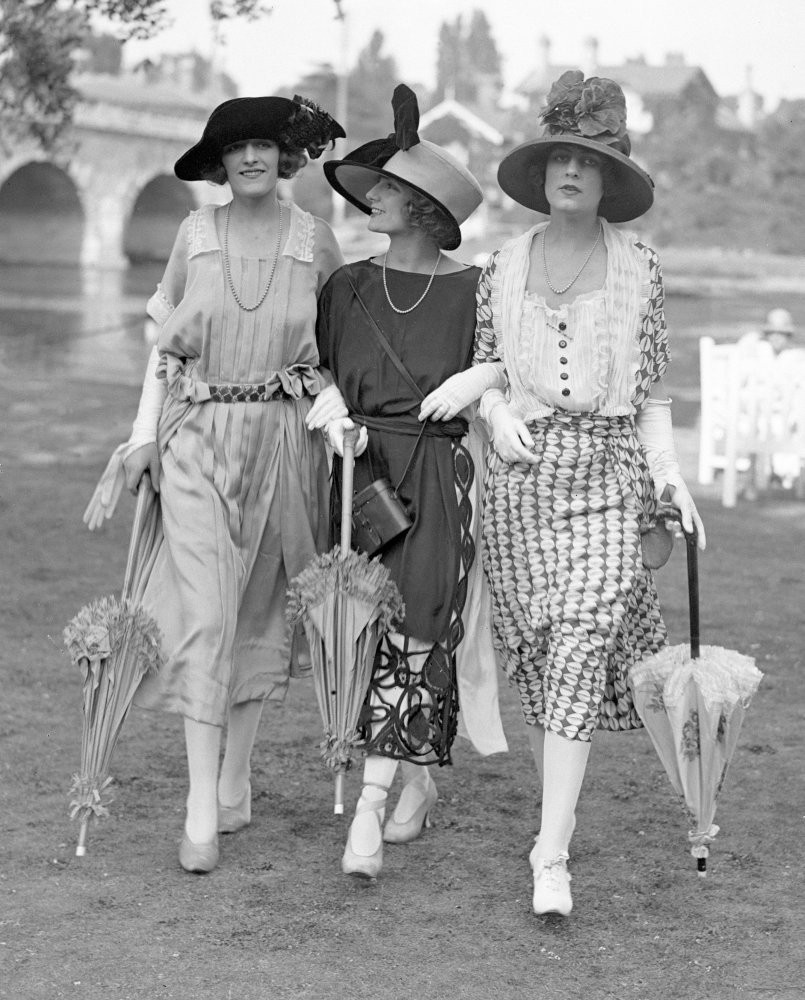
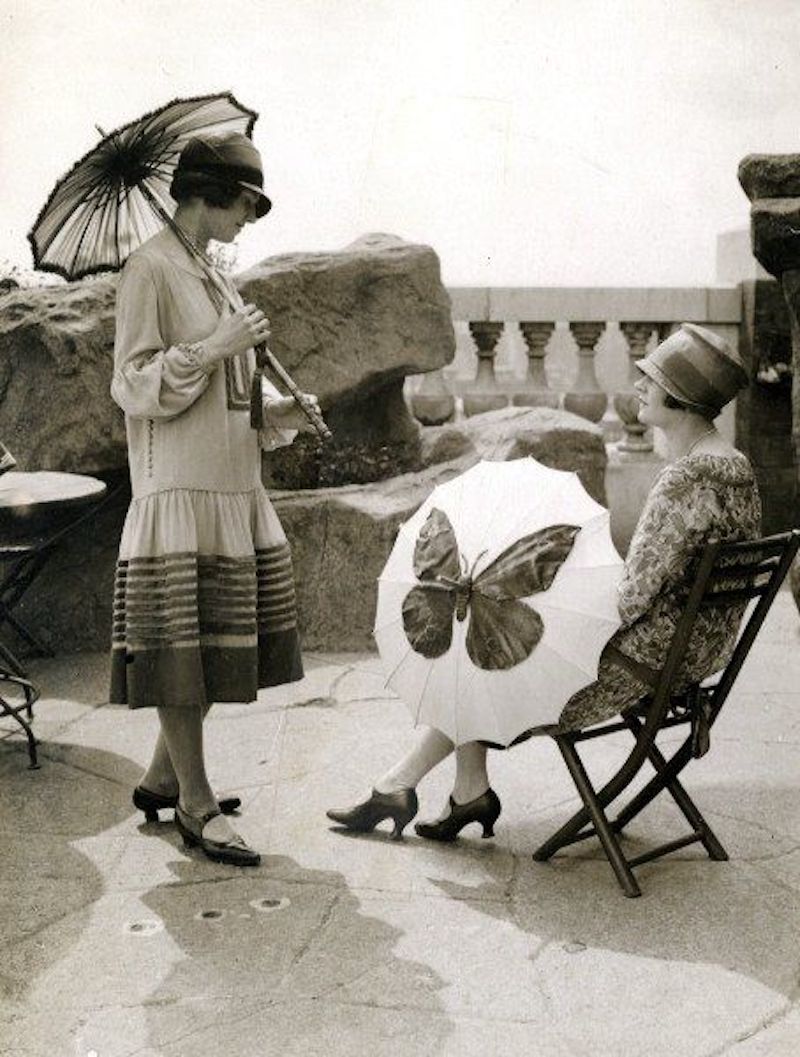
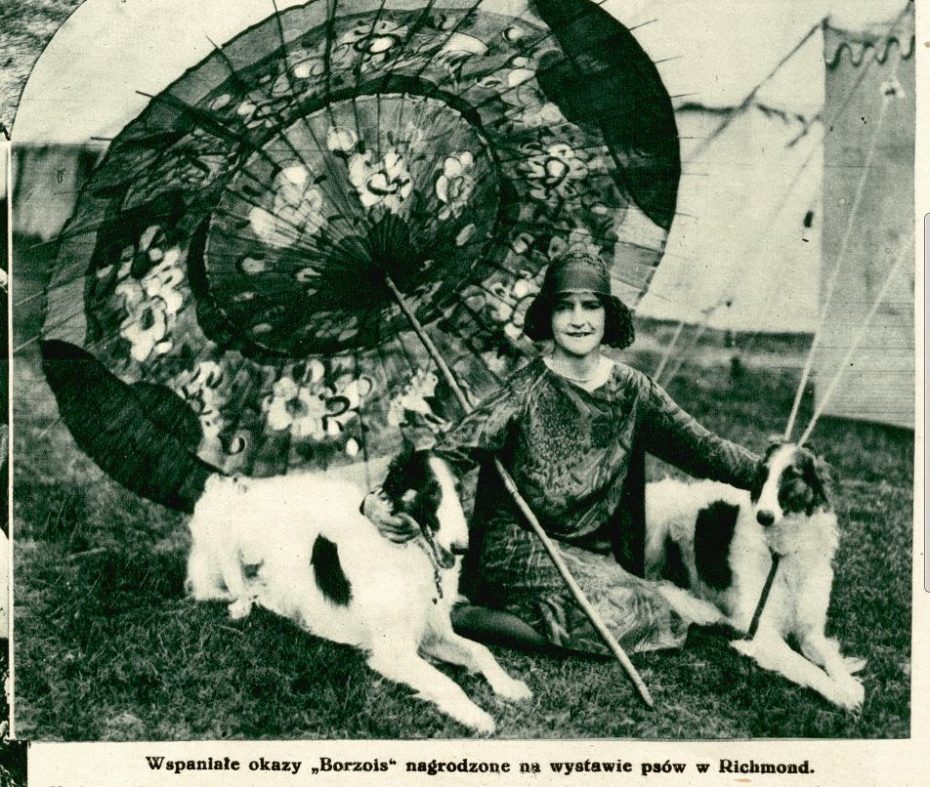
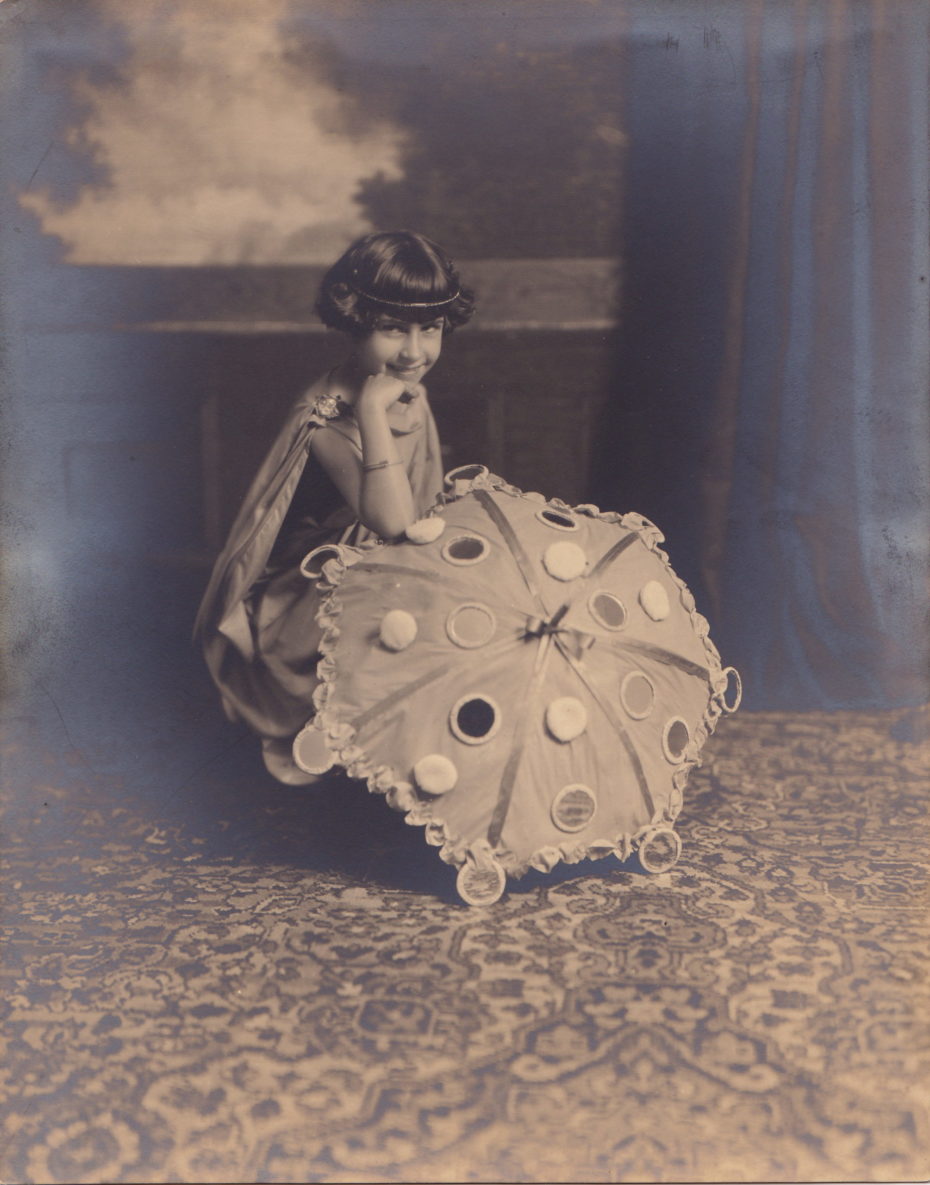
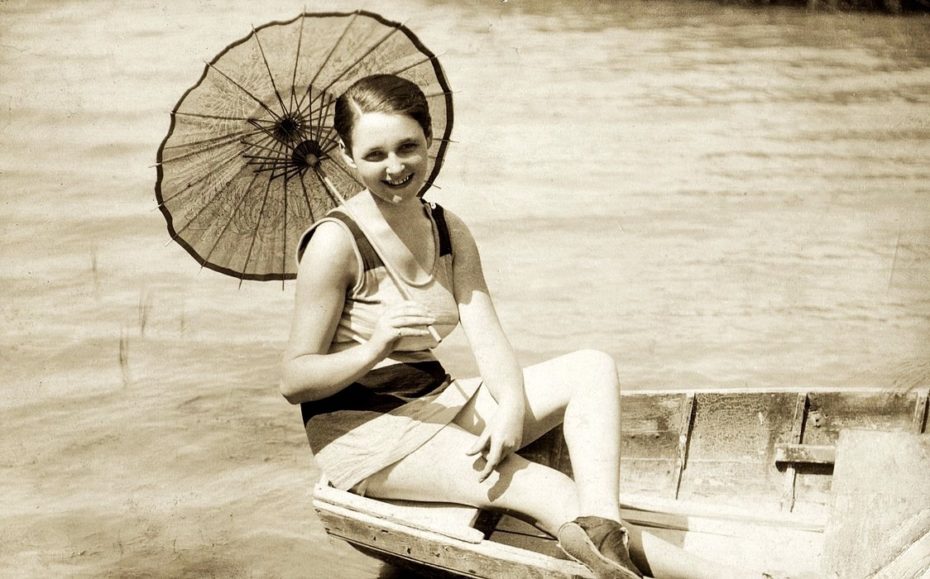
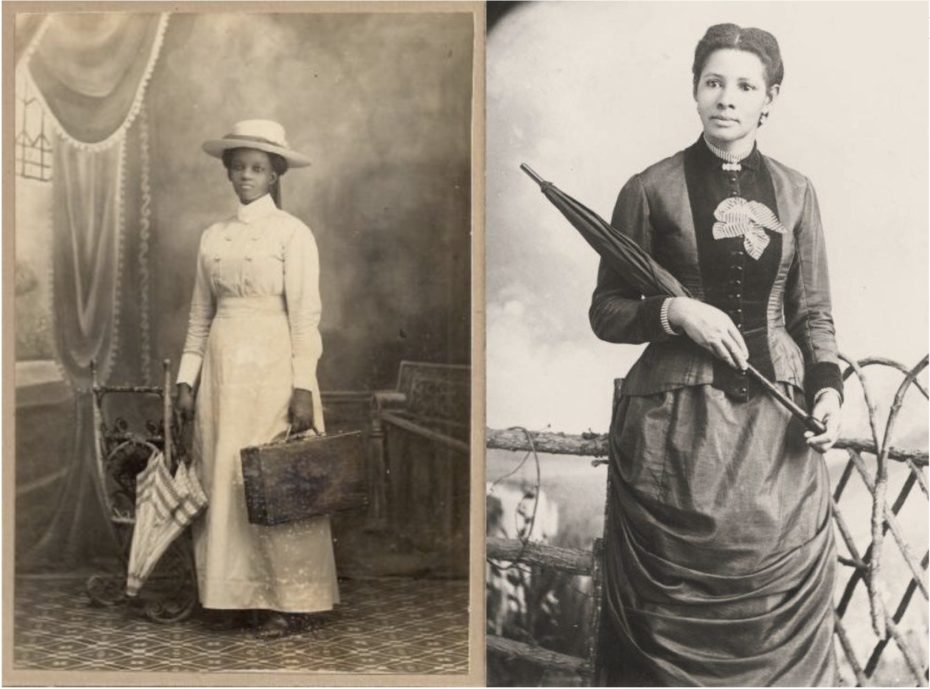
It was common to own dozens of parasols to match every outfit, as important in the wardrobe as gloves, hats and shoes. In fashionable Paris, vendors set up stalls on either side of the Pont Neuf bridge to sell and hire out parasols to tourists.
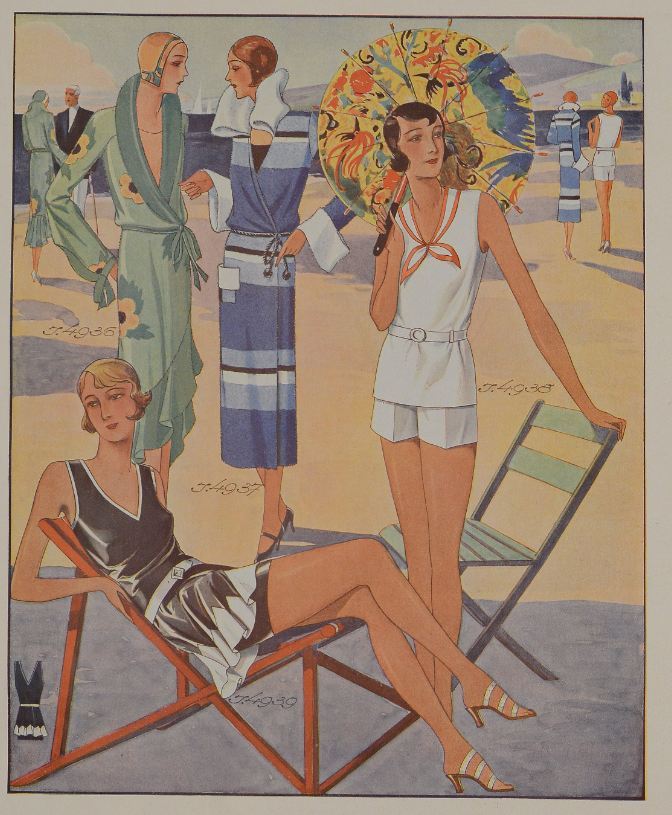
But it was the Parisian queen of style herself, Coco Chanel, who would famously declare that “the 1929 girl must be tanned… a golden tan is the index of chic,” effectively ringing the death knell for the parasol. Until the early 20th century, pale skin was seen as a symbol of wealth, and the parasol helped maintain that complexion, but by the 1920s, attitudes towards sun exposure was changing, for both aesthetic and health reasons…
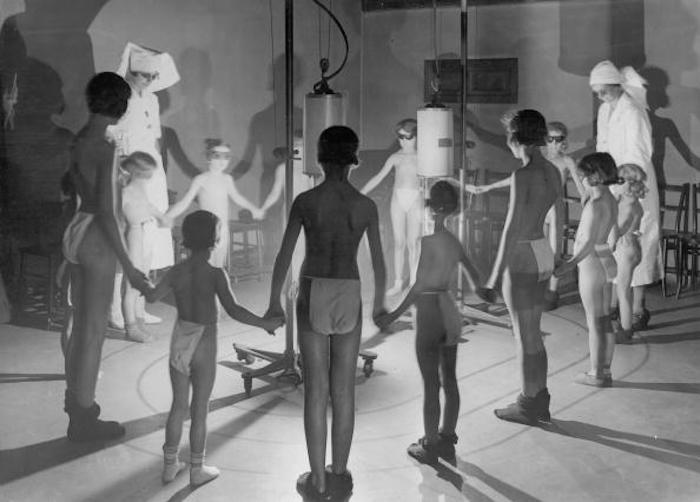
In the early 20th century, the medical community had begun zealously prescribing sun for the sickly; light therapy became popular particularly in Europe until the late 1940s. Hospitals offered electric baths (early sun beds) to treat acute and chronic diseases. As the tourism industry flourished with the advancement of modern travel, sporting a tan indicated a woman was worldly and proved she was well-travelled, modern and stylish.
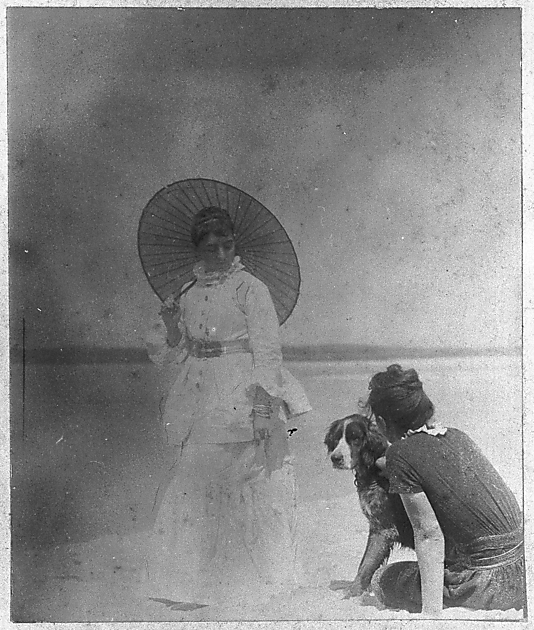
The parasol suddenly became so very “last century” in western society and associated with “unsightly” pale skin and old-fashioned Victorian trends. On a positive note, this initiated an end to glorifying pale complexions as a symbol of status and wealth (although the tradition survives today in Japan, where pale skin is regarded as one of the most important factors of female beauty). Decades later however, more people are diagnosed with skin cancer each year in the U.S. than all other cancers combined (more than 9,500 people are diagnosed every day and more than two people die of the disease every hour). And as cancer societies continue campaigning for beachgoers to lather on the sun block, recent studies have discovered that thousands of tons of sunscreen being washed off in the oceans each year (or entering marine ecosystems through sewage treatment plant outflows) has been seriously damaging our coral reefs, damaging their DNA and hurting their development.
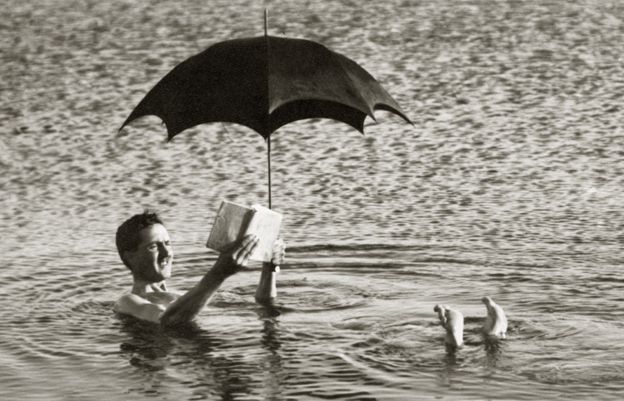
Solution? Bring back the parasol! And preferably this time, without the gender bias. My gentlemen friends reading this can take a page out of Jonas Hanway’s book, the eccentric English dandy and traveller who became the first man in western society to walk the streets of London with an umbrella. Mocked for using such effeminate contraption which had only recently been adopted by 18th century French noblewomen across the channel, Hanway endured three decades of public shaming before the umbrella became adopted as an accessory of the most respected English gentlemen within his lifetime.
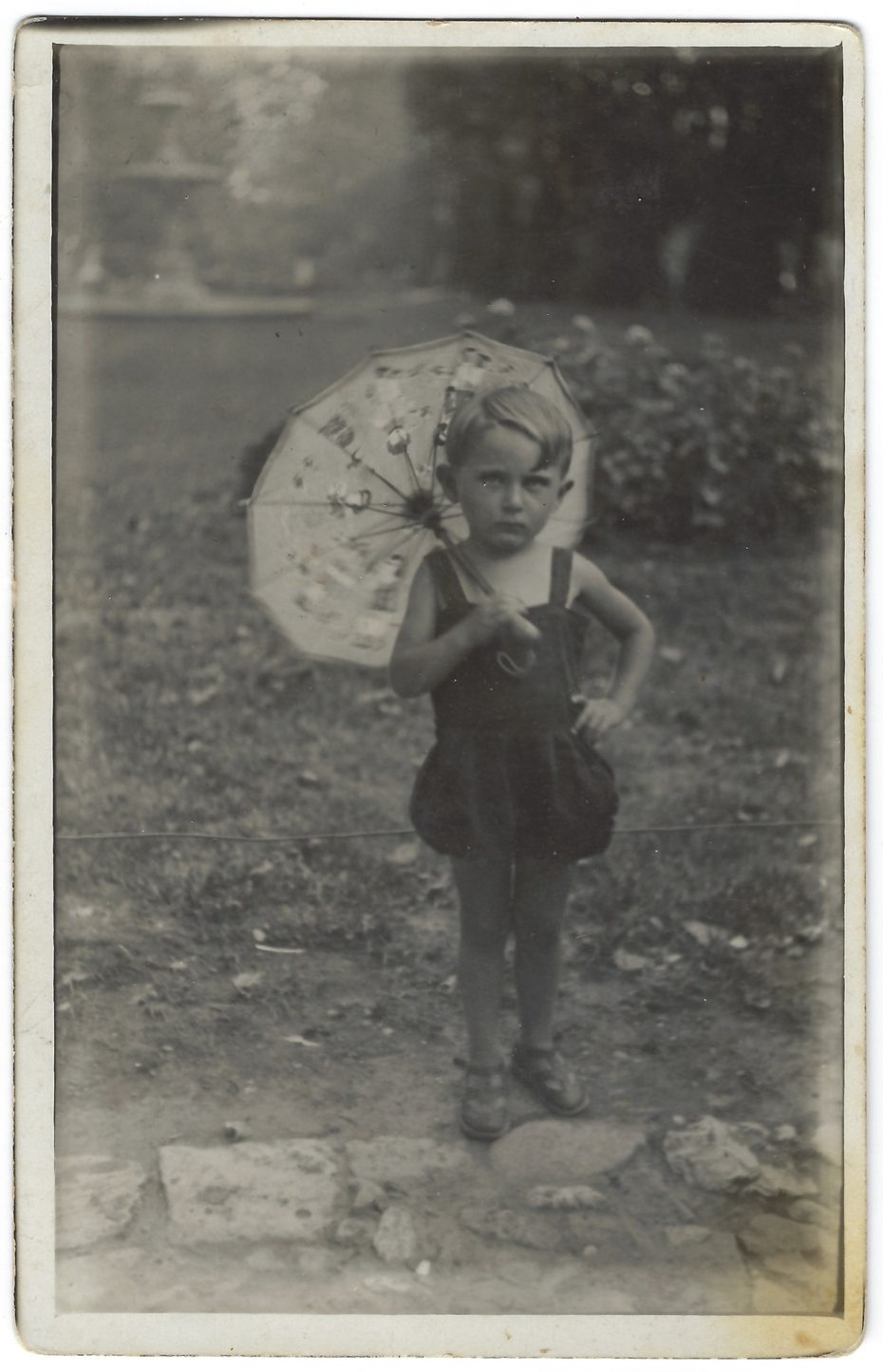
The English word itself, umbrella, was coined by Hanway too, and reveals its original function, deriving from the Latin word, umbra, which means ‘shadow’ or ‘shade’. Jonas added the “ella” to mean “little shadow”.
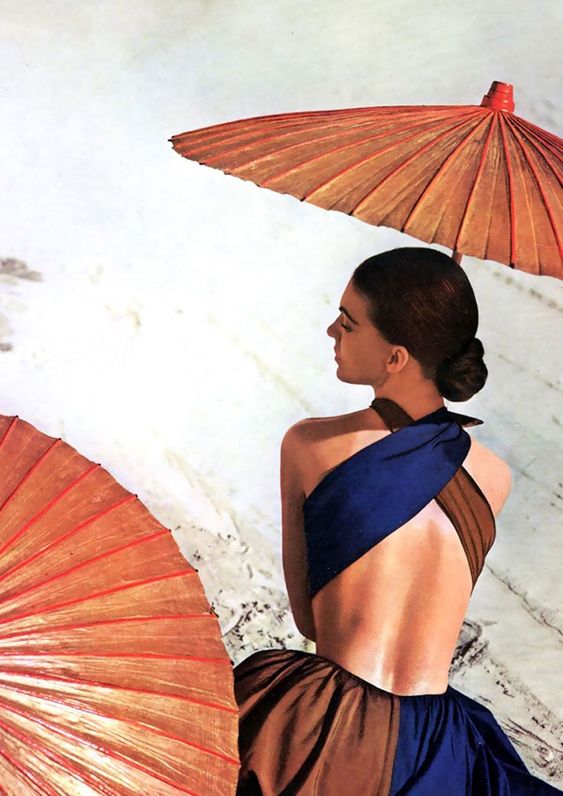
So where to find the perfect sun umbrella? Etsy will no doubt send you down a decently deep rabbit hole, with vintage and contemporary options, ranging from sober to elaborate.
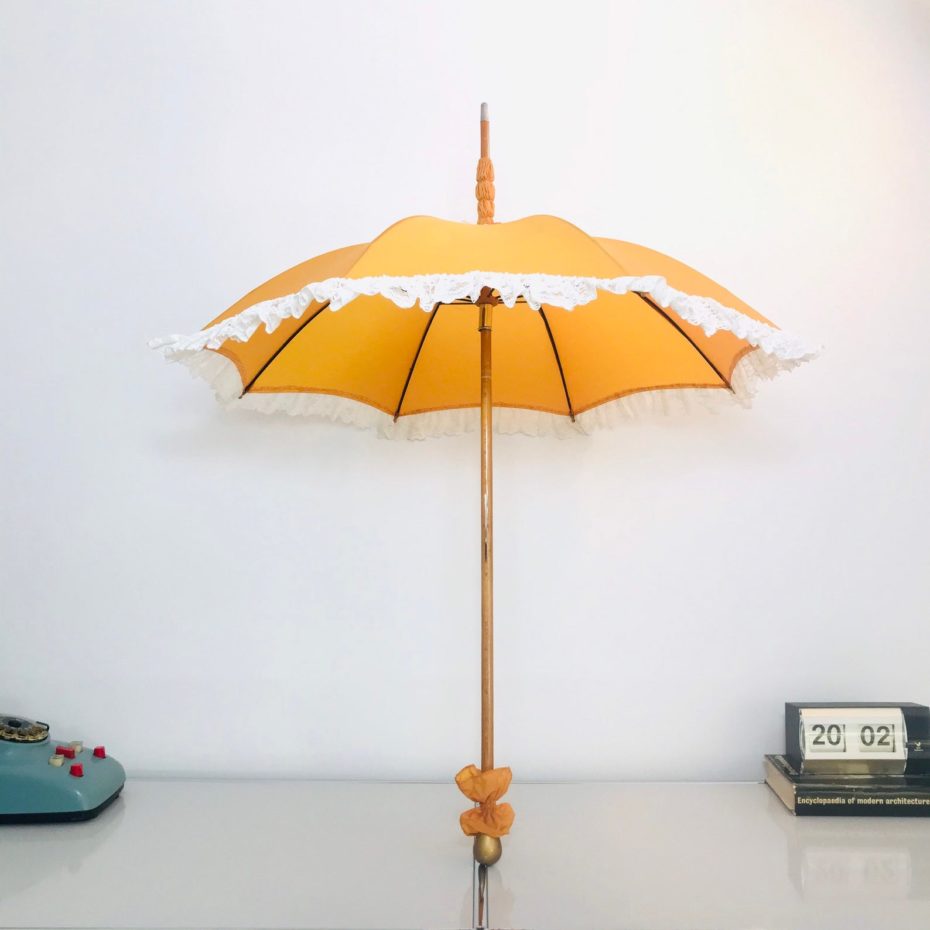
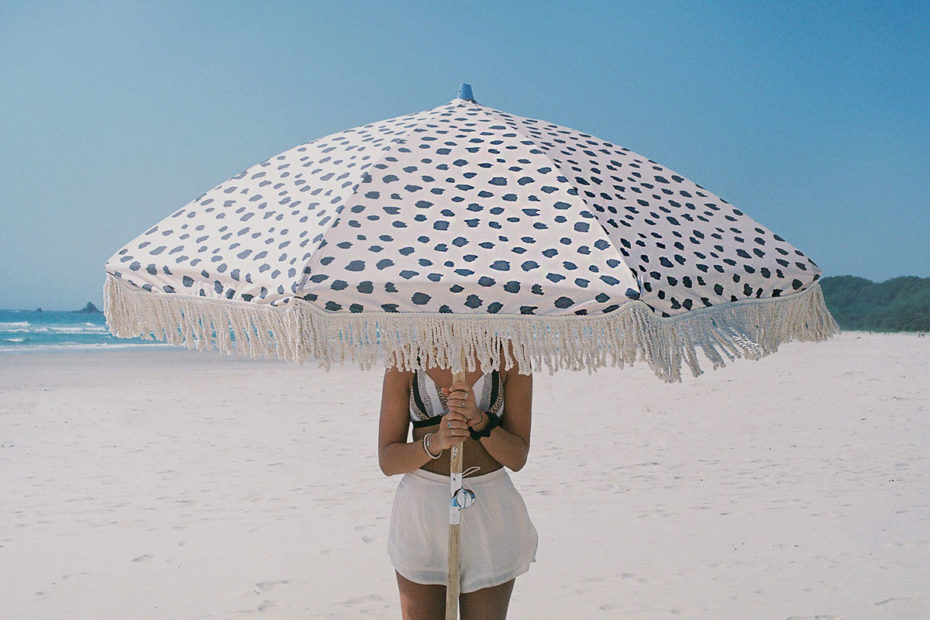
Still, while the larger beach parasol seems to be having a bit of a renaissance, the personal sun parasol remains an untapped comeback for the fashion industry. Think of all the wonderful shapes, fabrics and Art Deco patterns designers could play with! The Met has a seriously good collection in its archives for inspiration…
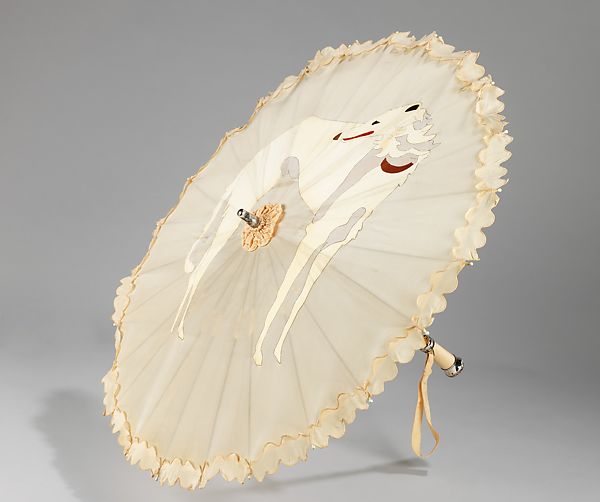
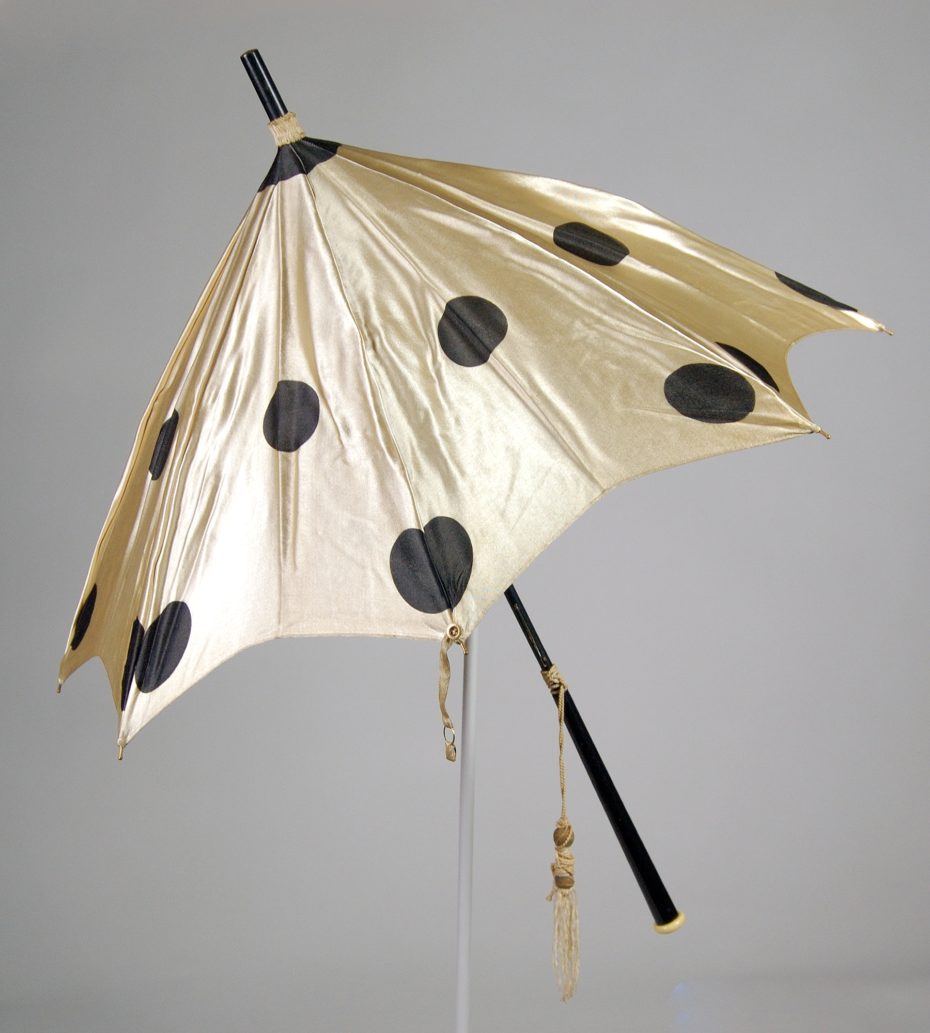
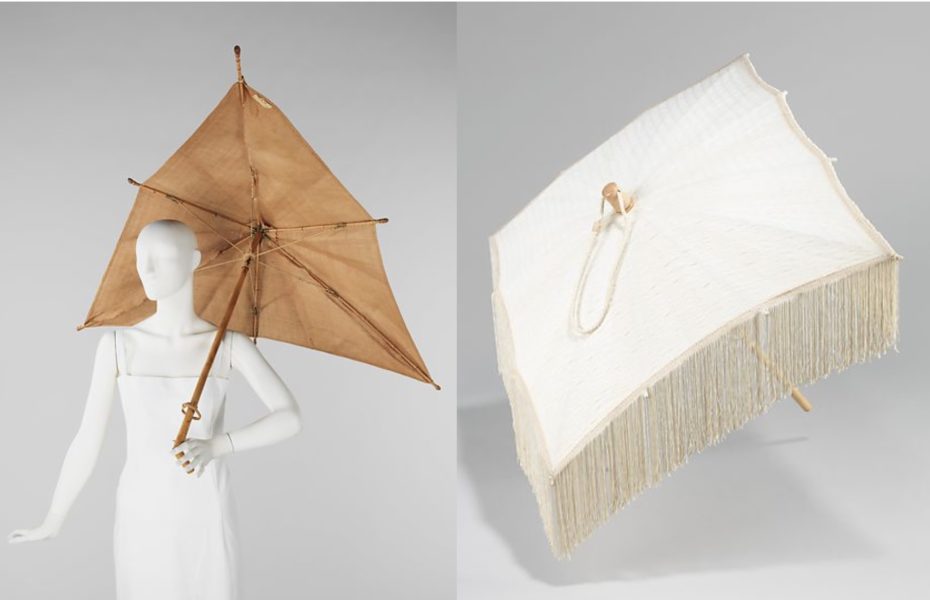
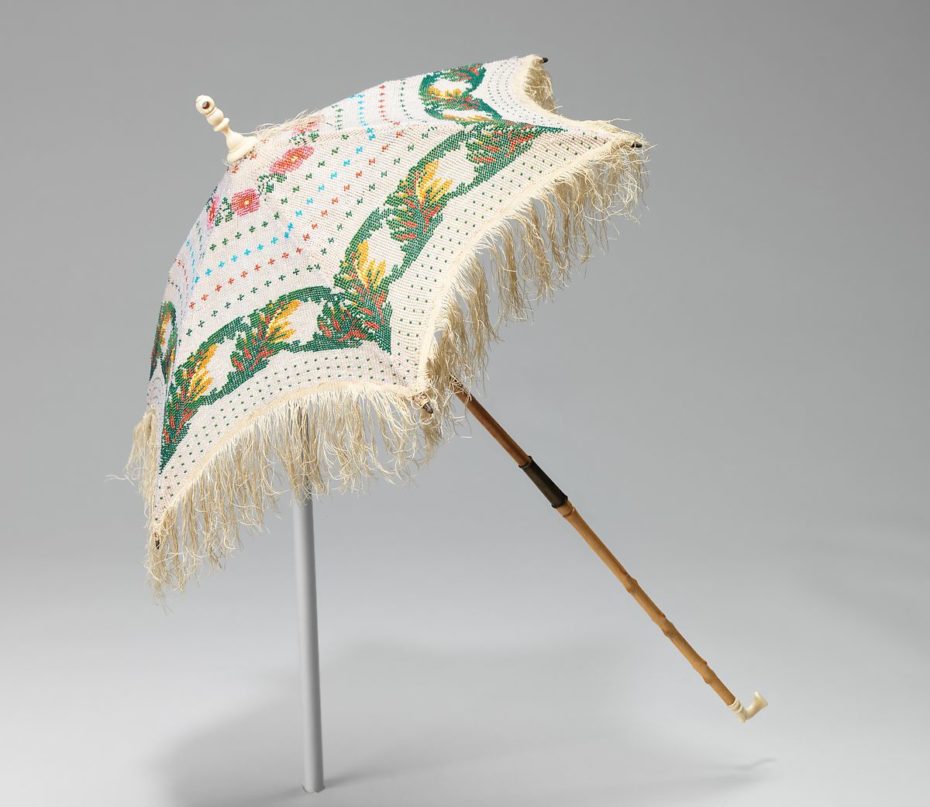
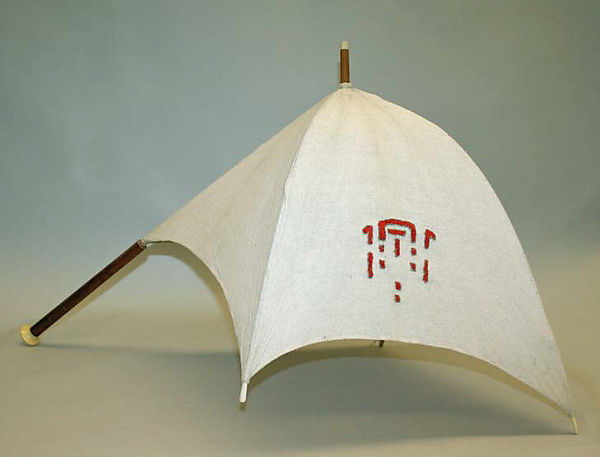
And heaven knows we could all use a fabulous new accessory to please the eye and detract from that other must-have summer accessory of 2020 – the face mask.
So while we wait for the fashion industry to come around, I’ll leave you with some charming vintage fashion videos featuring our elegant parasol…













